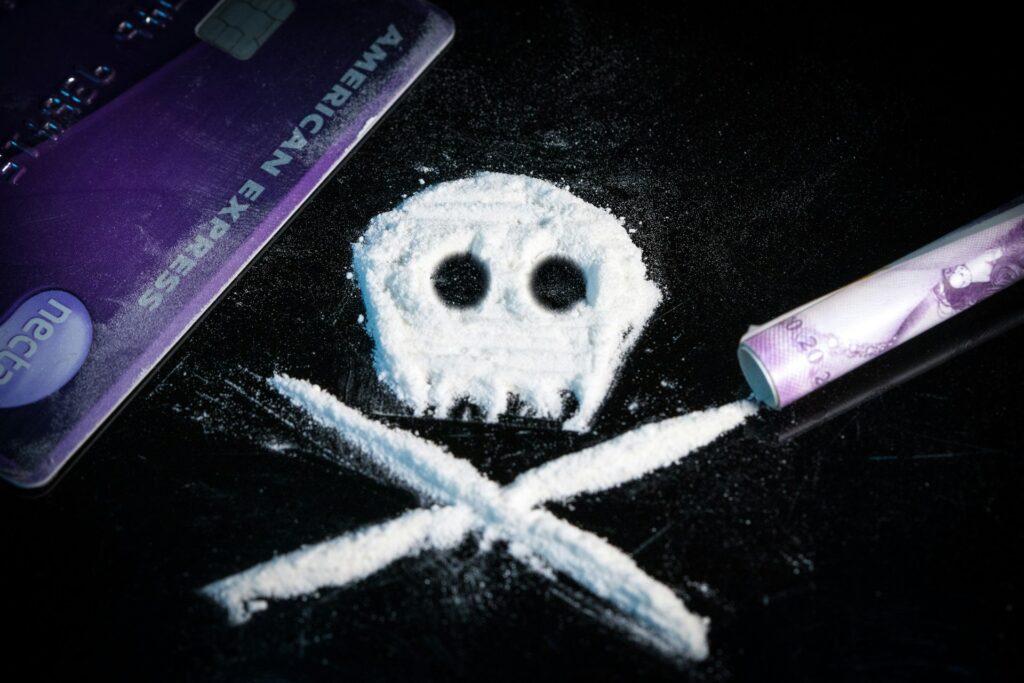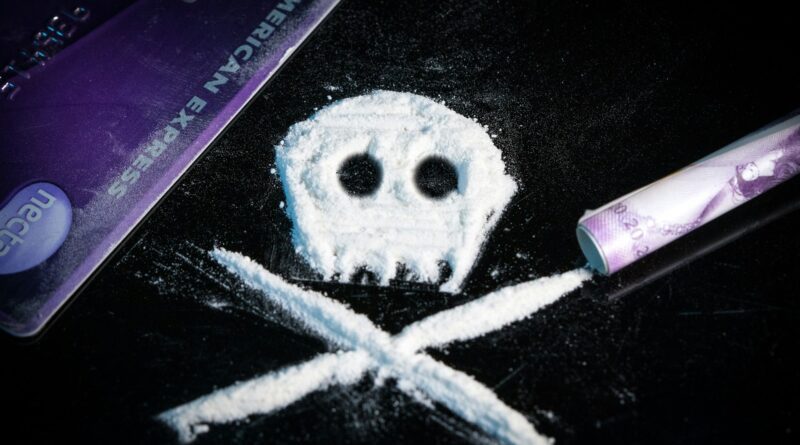What are the Stages and Signs of Drug Addiction?
JADCOM Media posts and/or links to retailers can be advertising, sponsored, or affiliate links.
We may earn a small commission from them. Thank you.
Drug overdose is one of the leading causes of death in the United States. A way to minimize the number is immediate detection, which is possible if everyone can recognize the early indications so patients can receive treatment before it turns severe. Learn the stages and signs of addiction to help a loved one.
Substance Use Addiction Endangers Public Health
Drug addiction is a serious problem nationwide. A whopping 75,673 overdose deaths from opioids occurred in the 12 months ending in April 2021, according to the CDC. It’s slowly turning into an epidemic endangering many people, especially the younger generation.
The impact of addiction is costly to the health care industry, family finances and daily life. Many go on to receive treatment for years because of severe cases. If you know how to spot the signs of addiction, you can encourage a friend or family member to avoid those risky behaviors and receive medication and therapy early and avoid it from reaching addiction.
Stages of Drug Addiction
Like a typical disease, there are many stages of addiction to substances. The higher it moves on the ladder, the more serious it becomes. Here’s how it develops from mild to severe levels of drug dependence.
1. Initial Use
The first stage of addiction is initial use. Often, two things pulls a person into the cycle of addiction — societal pressure and prescription medications. Many curious minds and those pressured by friends start with a taste of cocaine that morphs into drug abuse prompted by their personal circumstances. Those who receive a script for a prescription drug pain reliever like opioids go down the same route to experience more of the mind-altering effects of the substance.
What increases the likelihood of addiction after first-time use are factors like neglect, a chaotic environment, mental health conditions and even family history. Genetic influence makes up about 40%-60% of the risk of addiction.
2. Abuse
The next stage of addiction is abuse. At this point, regular use of drugs is apparent. For example, one takes the prescription at a higher dose and on a more frequent basis to get the same euphoric response. This identifies a condition often called Substance Abuse Disorder.
One enters this line once they start to engage in legal substances more times than what your doctor has prescribed. For illegal drugs, abuse happens the first time you use something.
3. Tolerance
Like how repetition makes a skill easier to do over time, prolonged use can trigger changes in the brain that result in a higher tolerance.
The brain is like a computer programmed to increase the odds of activities that bring euphoria. Every time you do something that makes you happy — like eating cake — it releases a burst of dopamine — a hormone associated with feeling good. However, it also reinforces this pleasurable activity so it remembers it the next time, like logging important information in a book for future reference.
Large surges of dopamine teach the brain to use drugs more often and increase the dose until you feel satisfied with pleasure. Repeated intake leads to tolerance, which means the body has gotten used to the drugs and is less affected by them.
4. Dependence
Physical dependence happens when the body has made physical changes and has become reliant on the substance to function properly. You may reach a point where the only way you can feel pleasure is by inhaling or injecting drugs.
Many of those who reach this phase develop anhedonia — a condition where you feel numb and lose interest in life’s experiences. The things and activities you once found pleasurable no longer evoke emotion. The emergence of this symptom can mean you’re at risk of depression or another mental health condition.
5. Addiction
Tolerance then evolves into addiction or substance use disorder – a chronic disease that affects the brain.
Based on the Diagnostic and Statistical Manual of Mental Disorders, Fifth Edition, text revision (DSM-5-TR), substance-related disorders can occur in these 10 legal and illegal drug classes.
- Alcohol
- Caffeine
- Hallucinogens
- Cannabis
- Sedatives
- Inhalants
- Hypnotics or anxiolytics
- Opioids
- Stimulants
- Tobacco
The symptoms of addiction are categorized into four groups:
Impaired Control
You have a strong urge or craving to engage in drugs and may have tried to control your desire but failed every time. Instead, you use more than what was originally planned and ensure you maintain a supply.
Social Problems
You experience relationship issues—performance at work, school or home declines. Tasks keep piling up and you struggle to stay on top of your responsibilities. Recreational or work activities happen less frequently because using addictive substances becomes the priority. Above all, money problems intensify since you continue to buy even though you can’t afford it.
Risky Use
You start to engage in substances in settings where it’s easy to get caught, such as when driving or at work. Since your control mechanism is impaired, you continue despite the apparent negative consequences of using this type of drug.
Drug Effects
Since you’ve developed tolerance, it will take larger quantities to feel the same level of pleasure you once experienced. You’re likely to experience withdrawal symptoms if you stop without proper treatment.
6. Relapse
The final stage is relapse, where you slip back to drug use after an attempt to stop. Rehab professionals often expect this as part of the process and don’t equate to a failed treatment as it happens in chronic conditions.
Addiction has a relapse rate of 40%–60%, while hypertension has a probability of 50%–70%. So, there isn’t a massive gap to make drug users believe they’re hopeless or a failure. On an optimistic note, it helps experts identify and design newer treatment options to prevent it next time.
Signs of Intoxication
It’s crucial to spot the signs of unhealthy drug use because it can save lives. Many users are great at keeping secrets, concealing their activities from families until they overdose. Here are specific signs to watch for in a person’s behavior to recognize recent intoxication:
- Feeling high or euphoric
- Red eyes
- Dry mouth
- Increased heart rate and blood pressure
- Heightened sense of auditory, visual and taste perception
- Reduced body coordination
- Intense cravings for specific foods at usual times
- Decreased reaction time
- Anxiety or paranoia
- Yellow fingertips
- Lingering drug odor on clothes
Drug Addiction Diagnosis
No single laboratory test can diagnose the condition, so the health care provider evaluates by including medical history and behaviors surrounding substance use. Medical professionals will classify the situation into three levels depending on the severity.
- Mild if they detect two to three symptoms
- Moderate if four to five symptoms exist
- Severe or Addiction if six or more are shown

Drug Addiction Treatment
The recovery plan is customized based on the person’s unique circumstance and considers severity, symptoms and risk factors. It has three stages.
1. Detoxification
You’ll be put in a detox program to allow the substance to exit your body naturally. In this holistic approach, a provider may prescribe medications or therapies to manage the withdrawal symptoms.
2. Cognitive and Behavioral Therapies
Substance use disorder often coexists with another mental health problem, so psychotherapy strategies can be a beneficial standalone or supplementary intervention to counter the effects of drugs.
3. Medication
Some prescriptions can alter brain circuits to treat specific types of substance use disorders, such as methadone, naltrexone and buprenorphine for opioids.
Treatment can sometimes last for a long time. Maintaining communication with your provider will help you track any progress. Family support is also essential to recovery as loved ones’ encouragement, understanding and empathy can help the recuperating feel less lonely.
Reclaim Your Life by Getting Treatment
A combination of factors in a person’s life leads to addiction, including a chaotic environment, peer pressure, genetics, mental health problems, and neglect. By improving some controllable aspects, you or a family member can reduce the risk of becoming addicted.
Since many teenagers are highly vulnerable to the use of illicit drugs, parents and caregivers play a significant role in providing care and education to the young ones. Additionally, they can learn to recognize early indications of abuse to increase the chance of immediate treatment and prevent it from turning into addiction.
About the Author
Beth Rush

Beth Rush is the Managing Editor and Content Manager at Body+Mind.
Body+Mind features articles about diet, fitness, mental health, parenting and health care.



